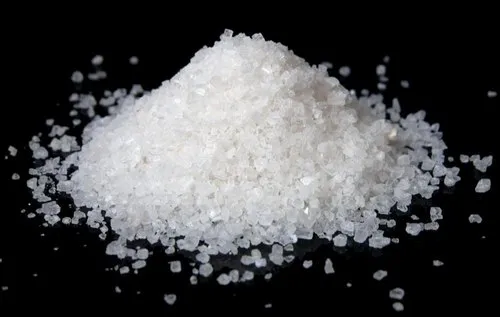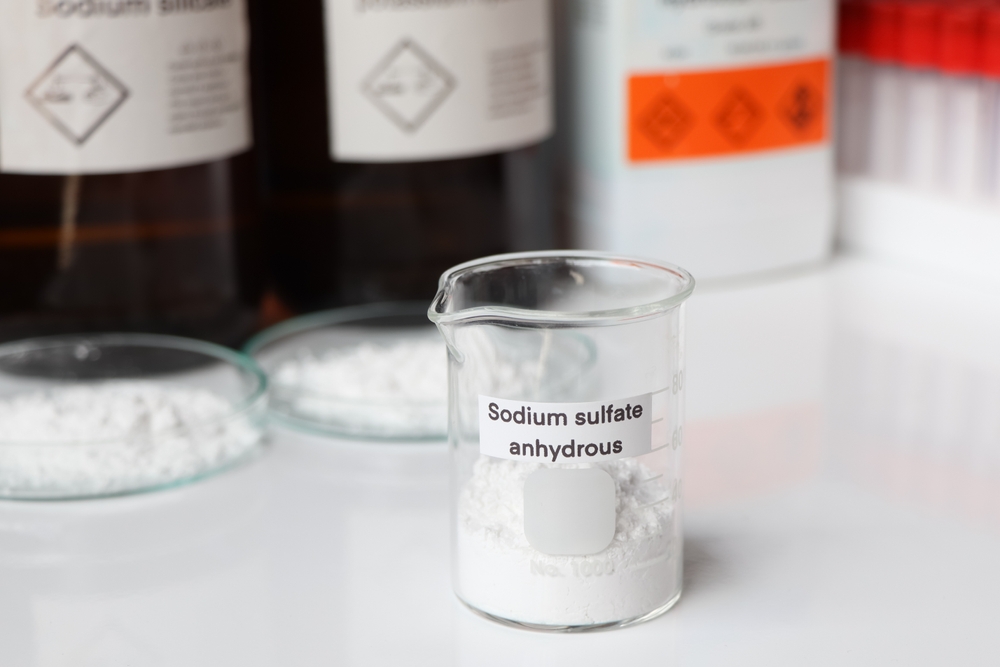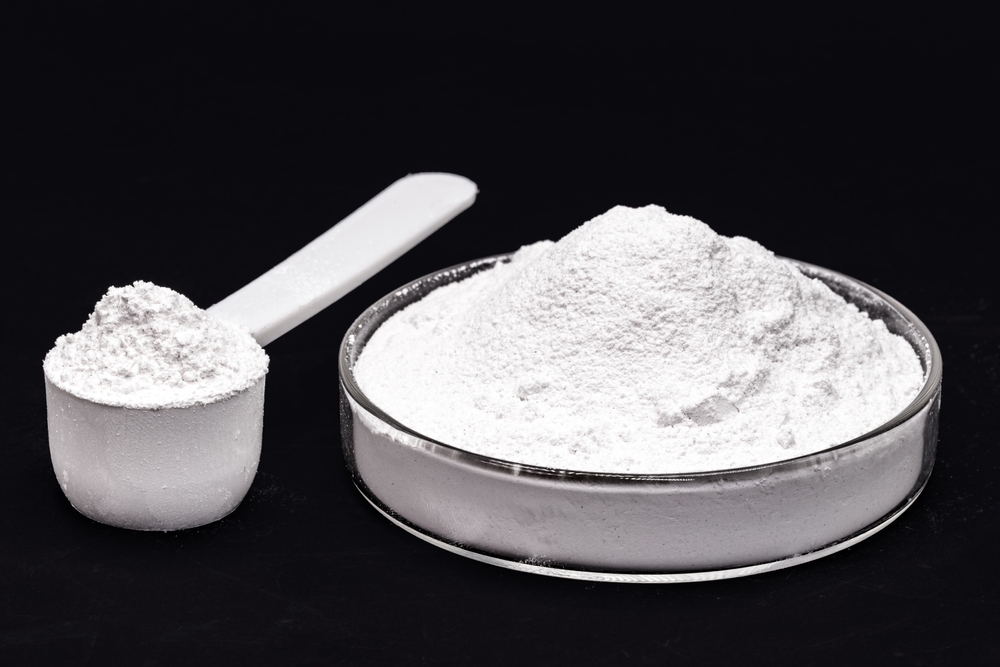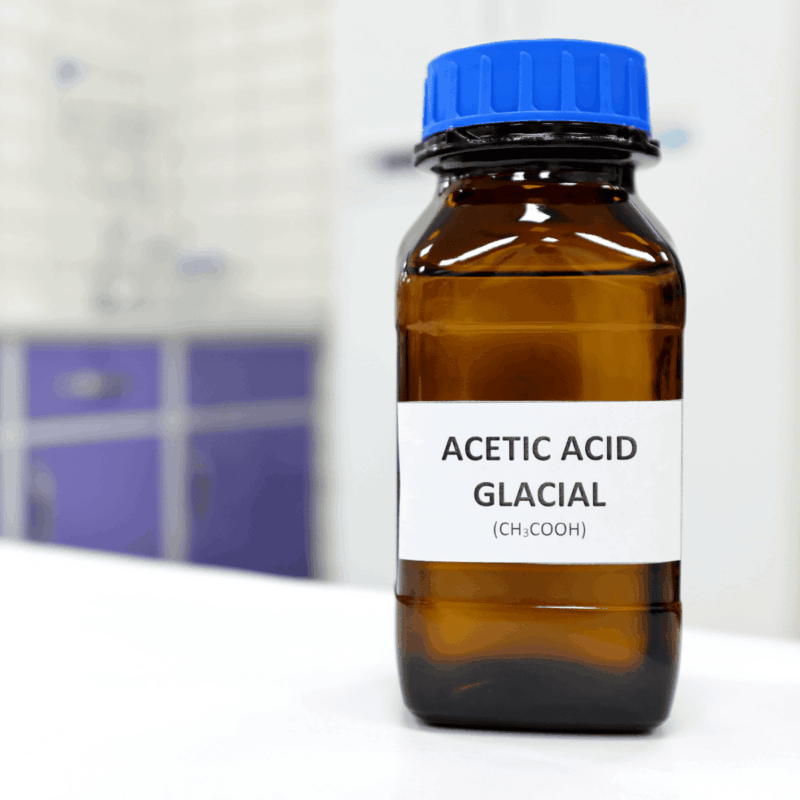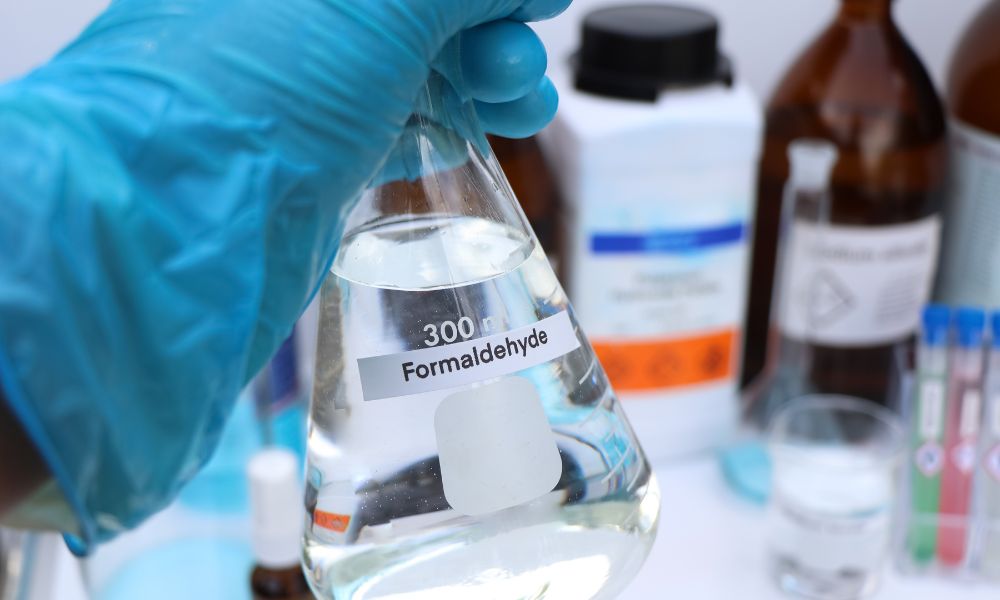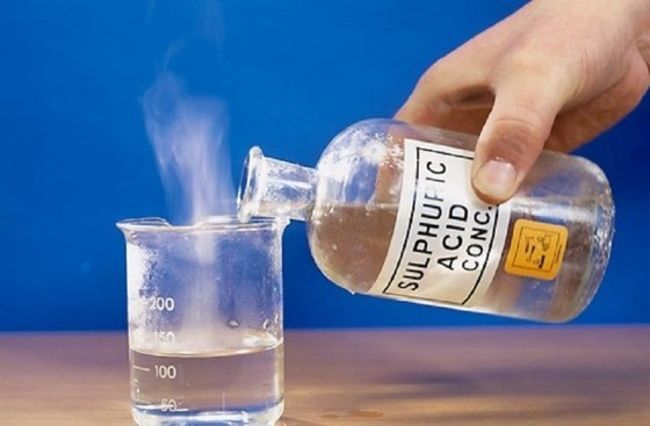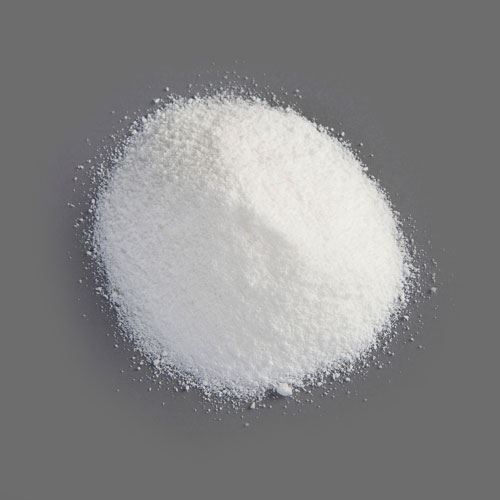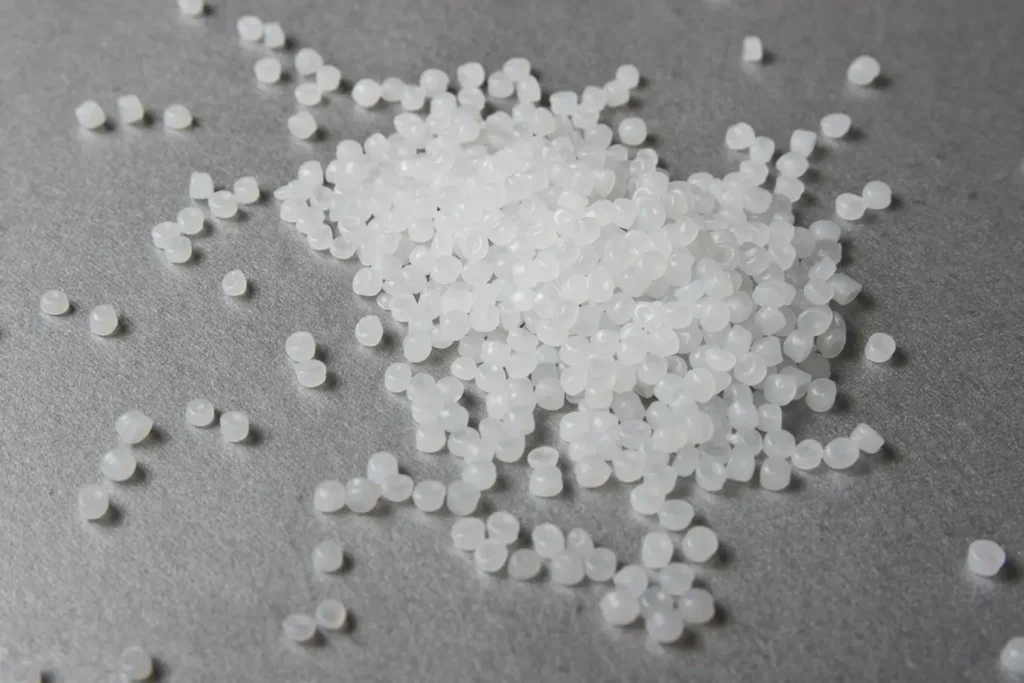Sodium Chloride (Techinal / Good Grade) (NaCl)
Sodium Chloride (Techinal / Good Grade) Sodium Chloride is a white crystalline solid and one of the most widely used inorganic compounds in the world. Known commonly as salt, it is essential for human and animal nutrition and serves as a key raw material in various industrial processes. In technical applications, it plays a vital role in chemical manufacturing (especially chlor-alkali production), water treatment, textile processing, and drilling operations. In its food-grade form, it enhances flavor, preserves food, and supports electrolyte balance in the body. Non-toxic and stable, it is available in multiple forms such as refined, rock, solar, and vacuum-dried salt. Synonyms Common Salt ; Table Salt ; Halite ; Rock Salt ; NaCl ; Refined Salt ; Free Flow Salt ; Vacuum Dried Salt ; Edible Salt / Iodized Salt (for food-grade) ; Solar Salt (for technical/brine use) Formula NaCl CAS No 7647-14-5 HS Code 25010010 Industries We Serve Food & Beverage Industry Chemical Industry Water Treatment Industry Textile & Dye Industry Pharmaceutical Industry Oil & Gas Industry Animal Feed & Nutrition Soap & Detergent Industry Pulp & Paper Industry De-icing and Road Maintenance Applications Acts as a flavor enhancer, preservative, and fermentation regulator. Used in pickling, curing, and baking processes. Helps maintain electrolyte balance in oral rehydration and energy drinks. Major raw material for the chlor-alkali process. Used in production of sodium carbonate, sodium bicarbonate, and sodium sulfate. Essential in regenerating ion-exchange resins in water softeners. Used in brine preparation for water purification and demineralization. Helps in fixing dyes onto fabric. Used in bleaching, scouring, and rinsing processes. Used in the manufacture of saline IV solutions, eye drops, and tablets. Used in drilling fluids, completion fluids, and brine solutions for well stabilization. Used as a filler and thickener in detergent powders. Helps in moisture control and free-flowing properties. Added to livestock and poultry diets as a vital source of sodium and chloride. Used in bleaching and pulping processes, improving fiber brightness. Spread on roads and pavements to lower freezing point of water, preventing ice formation.

